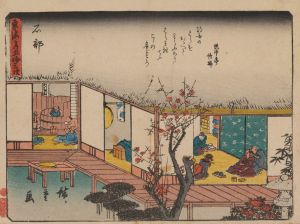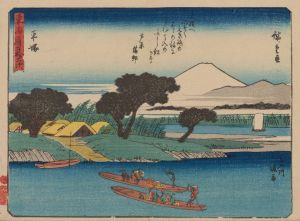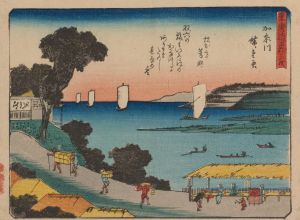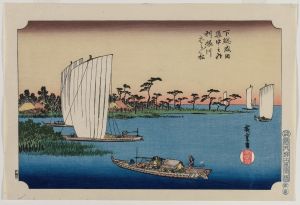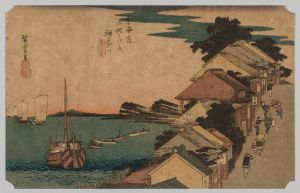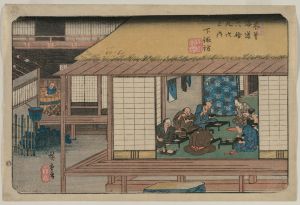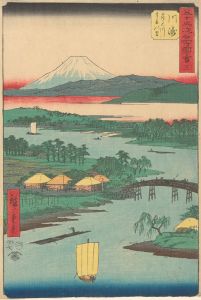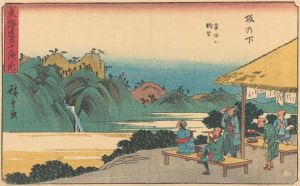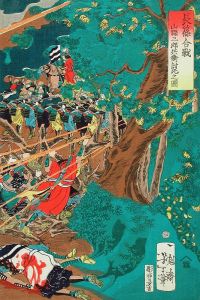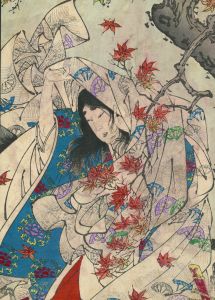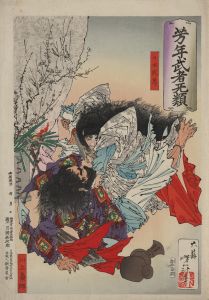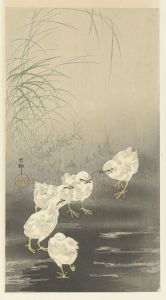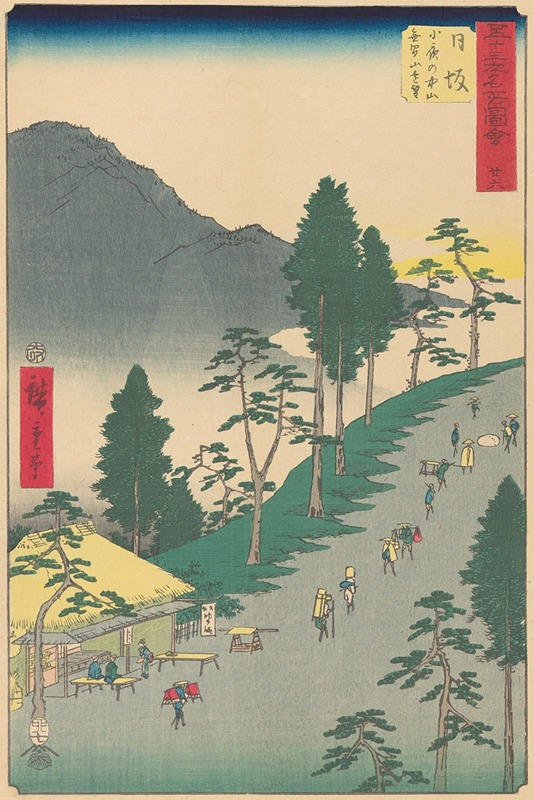
Nissaka
A hand-painted replica of Andō Hiroshige’s masterpiece Nissaka, meticulously crafted by professional artists to capture the true essence of the original. Each piece is created with museum-quality canvas and rare mineral pigments, carefully painted by experienced artists with delicate brushstrokes and rich, layered colors to perfectly recreate the texture of the original artwork. Unlike machine-printed reproductions, this hand-painted version brings the painting to life, infused with the artist’s emotions and skill in every stroke. Whether for personal collection or home decoration, it instantly elevates the artistic atmosphere of any space.
Andō Hiroshige was a renowned Japanese ukiyo-e artist, famous for his landscape prints and his series "The Fifty-three Stations of the Tōkaidō." Among these works is the print titled "Nissaka," which is part of this celebrated series. The Tōkaidō was the most important of the Five Routes of the Edo period in Japan, connecting Edo (modern-day Tokyo) to Kyoto. Hiroshige's series, created in the early 1830s, captures the essence of this journey through a series of woodblock prints, each depicting one of the stations along the route.
"Nissaka" is the 25th station in the series and is located in what is now Shizuoka Prefecture. This particular print is known for its depiction of the natural beauty and the serene landscape that travelers would encounter along the Tōkaidō. Hiroshige's work is characterized by its attention to detail, vibrant colors, and the ability to convey the atmosphere of a specific location and time.
In the "Nissaka" print, Hiroshige captures a scene that includes a winding road, travelers, and the surrounding landscape. The composition often features a balance between human activity and nature, a common theme in Hiroshige's work. The travelers depicted in the print are typically shown in traditional Edo-period attire, providing a glimpse into the daily life and culture of the time.
Hiroshige's use of perspective and his ability to capture the changing seasons and weather conditions are evident in this print. The artist often employed a technique known as bokashi, a method of color gradation, to create depth and atmosphere in his prints. This technique is used to great effect in "Nissaka," where the subtle transitions in color help to convey the mood of the scene.
The "Nissaka" print, like others in the series, was produced using the traditional ukiyo-e woodblock printing technique. This involved the collaboration of the artist, a carver, and a printer. Hiroshige would first create a detailed sketch, which would then be carved into a series of woodblocks, one for each color. The printer would then apply ink to the blocks and press them onto paper to create the final image.
Hiroshige's "The Fifty-three Stations of the Tōkaidō" series, including the "Nissaka" print, was highly popular during his lifetime and continues to be celebrated today for its artistic and historical significance. The series not only provides a visual record of the Tōkaidō route but also reflects the cultural and social aspects of the Edo period in Japan.
Hiroshige's work has had a lasting impact on both Japanese and Western art. His innovative compositions and use of color influenced many Western artists, including the Impressionists, who admired his ability to capture the fleeting moments of everyday life. The "Nissaka" print, with its harmonious blend of nature and human presence, exemplifies Hiroshige's mastery of the ukiyo-e art form and his contribution to the world of art.





